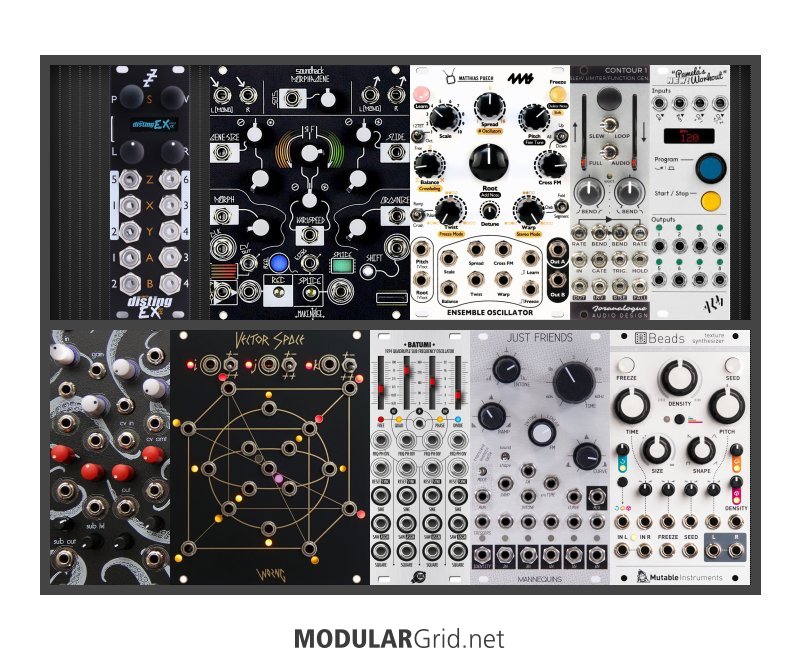put the modules in a public rack and post the url in this thread! then we can see them!!!
all those modules will fit in a case - but you'll probably need 9-12u - these are still portable, if not so compact - I'm pro finding the modules you want, adding the modules you need to support them and then finding the right case - not buying a tiny case because it looks good (and you can fit it in your handbag) and then trying to cram (miniaturized) modules into it - but I do believe a lot of people are into that these days
However I would start smaller - 6u/104hp is a good starter size, not too big, not too small - Mantis is a good example - decent power and reasonably priced - difficult to find right now, but I believe re-stock is imminent
pick one sound source, one sound modifier, one modulation source, a way to play and a way to listen and go for it - add 1 or 2 more modules once you know these modules inside and out - maybe a month or 2 - and then repeat
The list of modules though is made up completely of what I would call feature modules - shiny expensive things - and no support modules (utilities) - these are usually overlooked by newbies - so don't worry you are not alone
utilities are the dull inexpensive polish that makes the shiny modules actually shine and prevents them from tarnishing!
in my experience you can do a lot more with fewer sound sources and modifiers and more modulation and utilities, than you can with a load of sound sources and sound modifiers and less modulation and utilities
I think about 50% of a modular case should be devoted to modulation and utilities - mostly utilities!
a good starter set of utilities is for example - mutable links, kinks, shades and veils - or other modules that cover all or most of the functionality of these modules (wmd/ssf toolbox goes a long way for example)
"some of the best base-level info to remember can be found in Jim's sigfile" @Lugia
Utility modules are the dull polish that makes the shiny modules actually shine!!!
sound sources < sound modifiers < modulation sources < utilities


